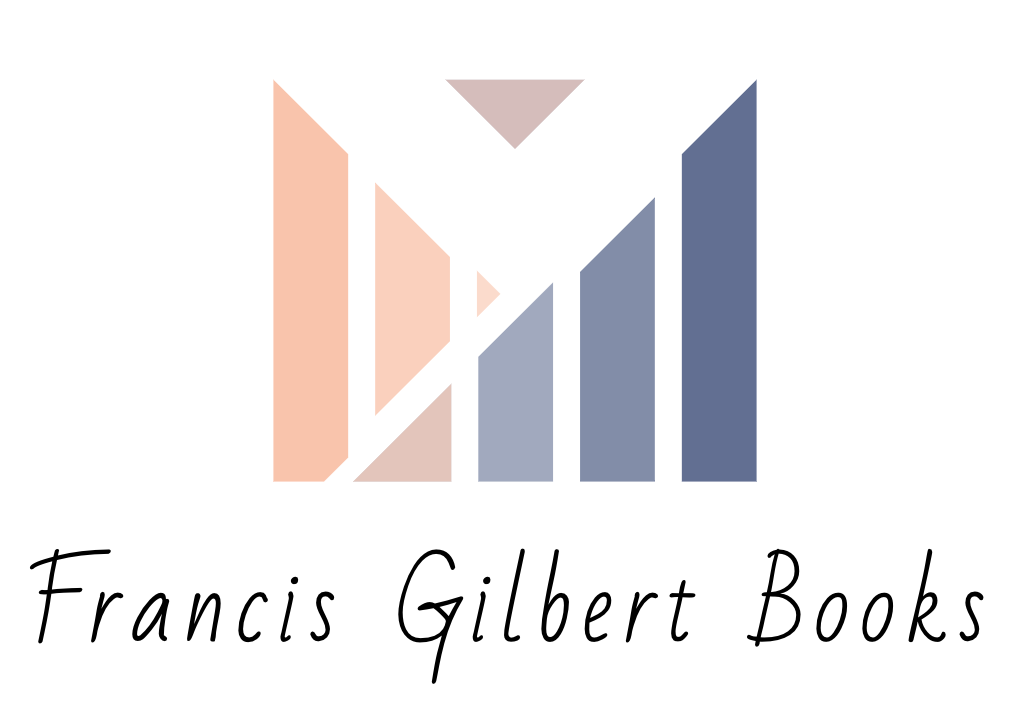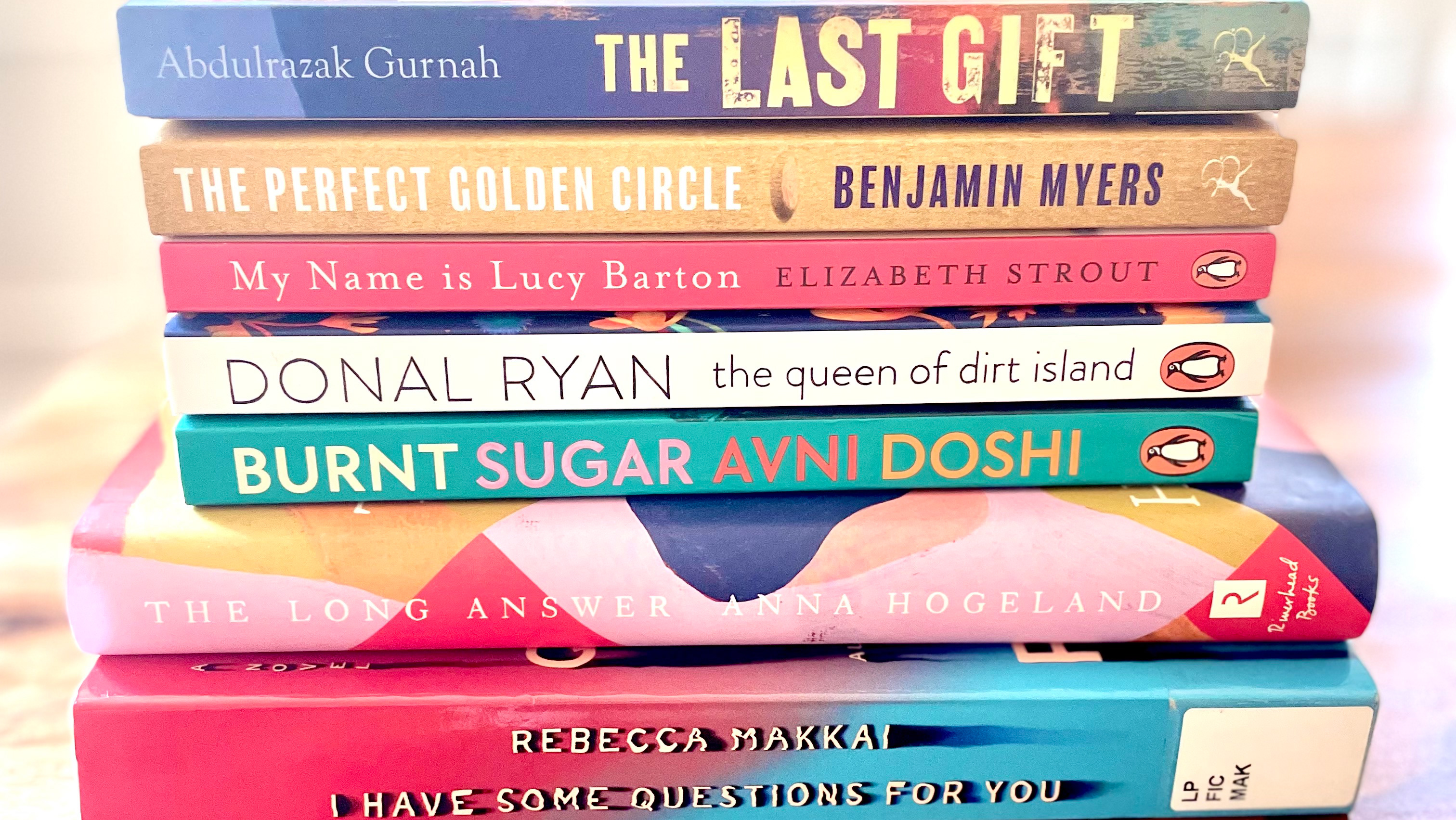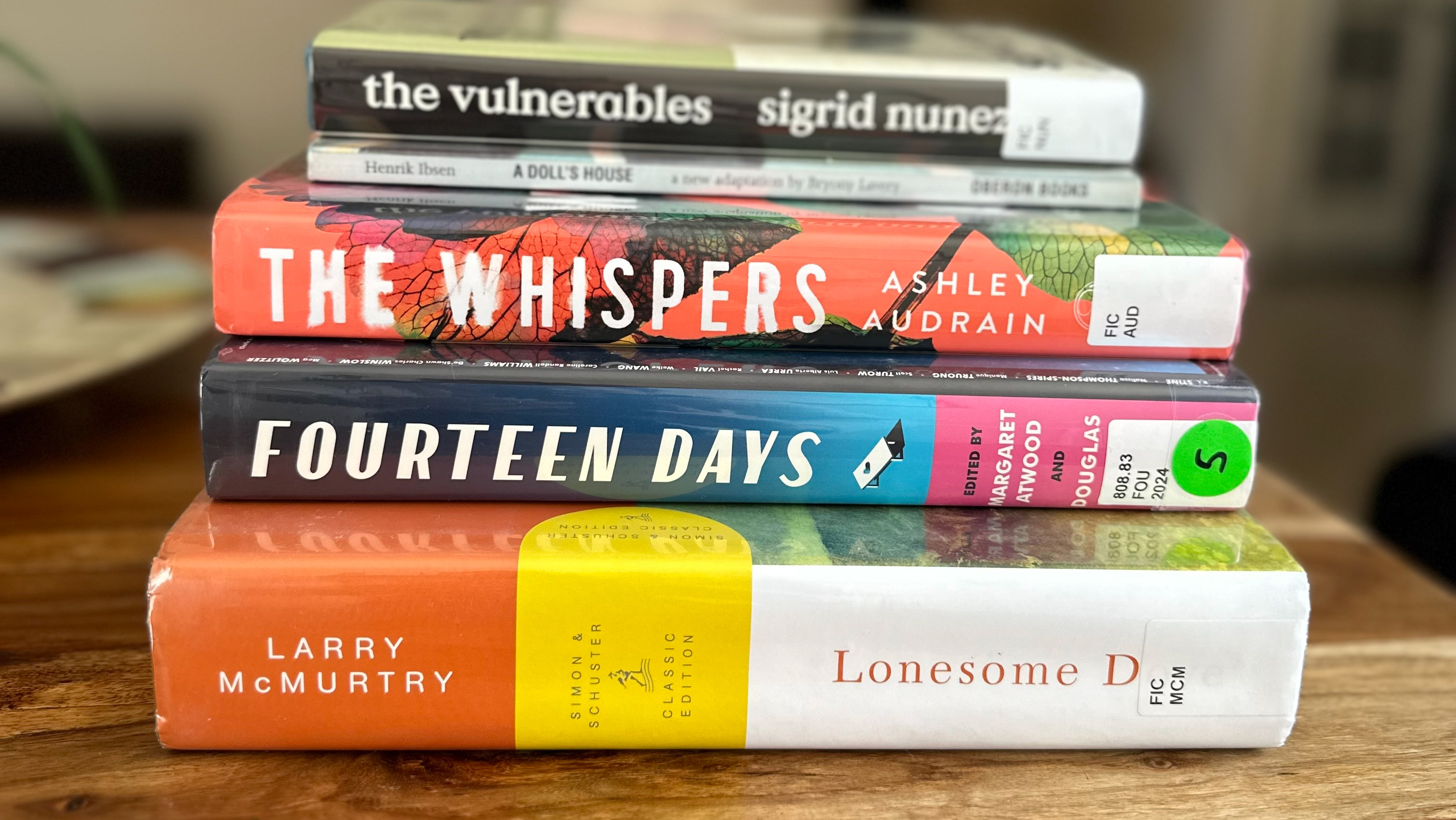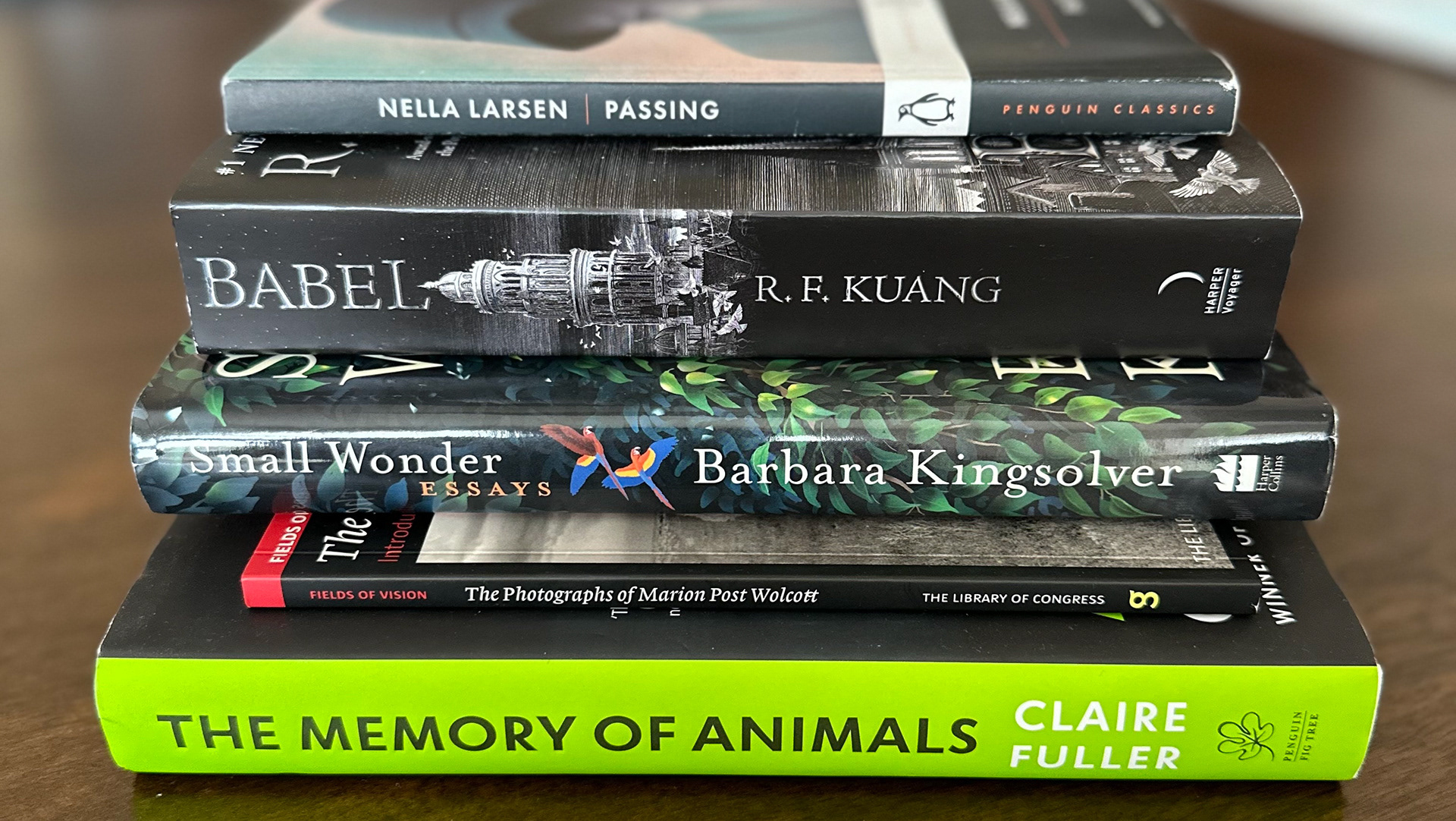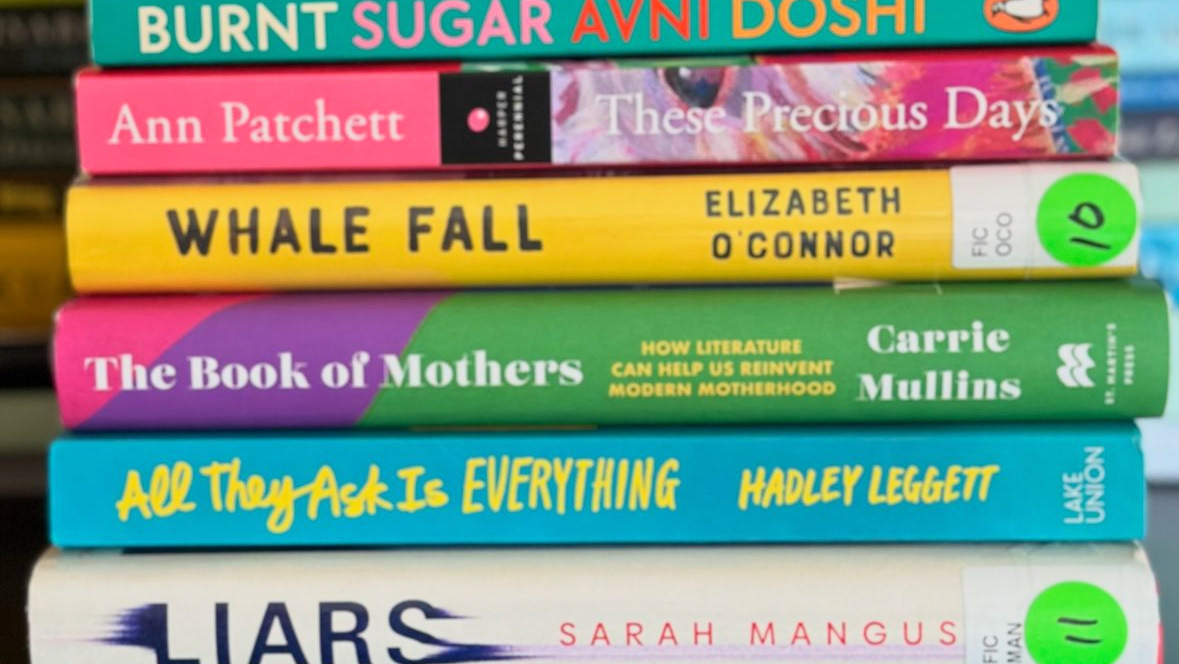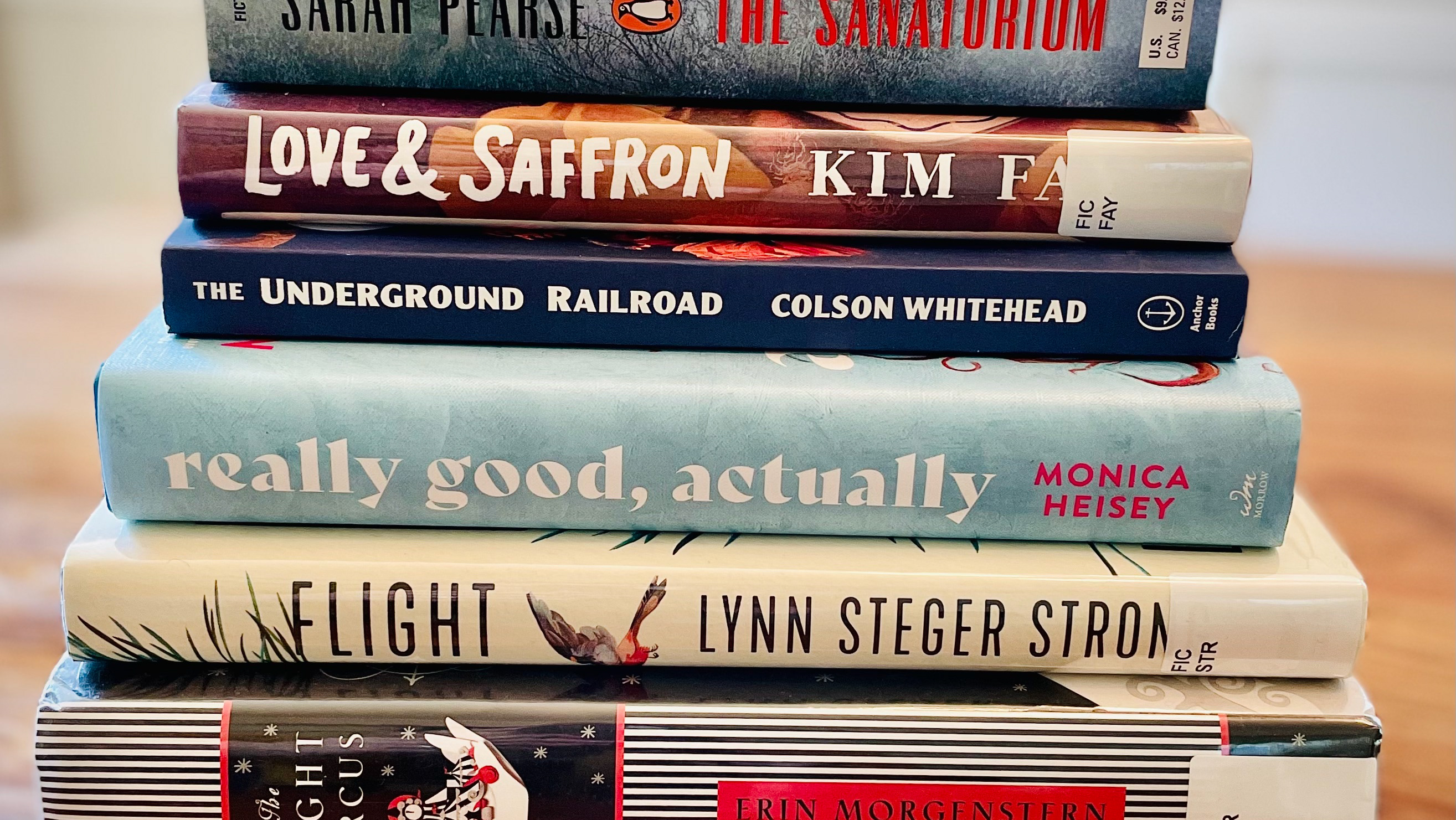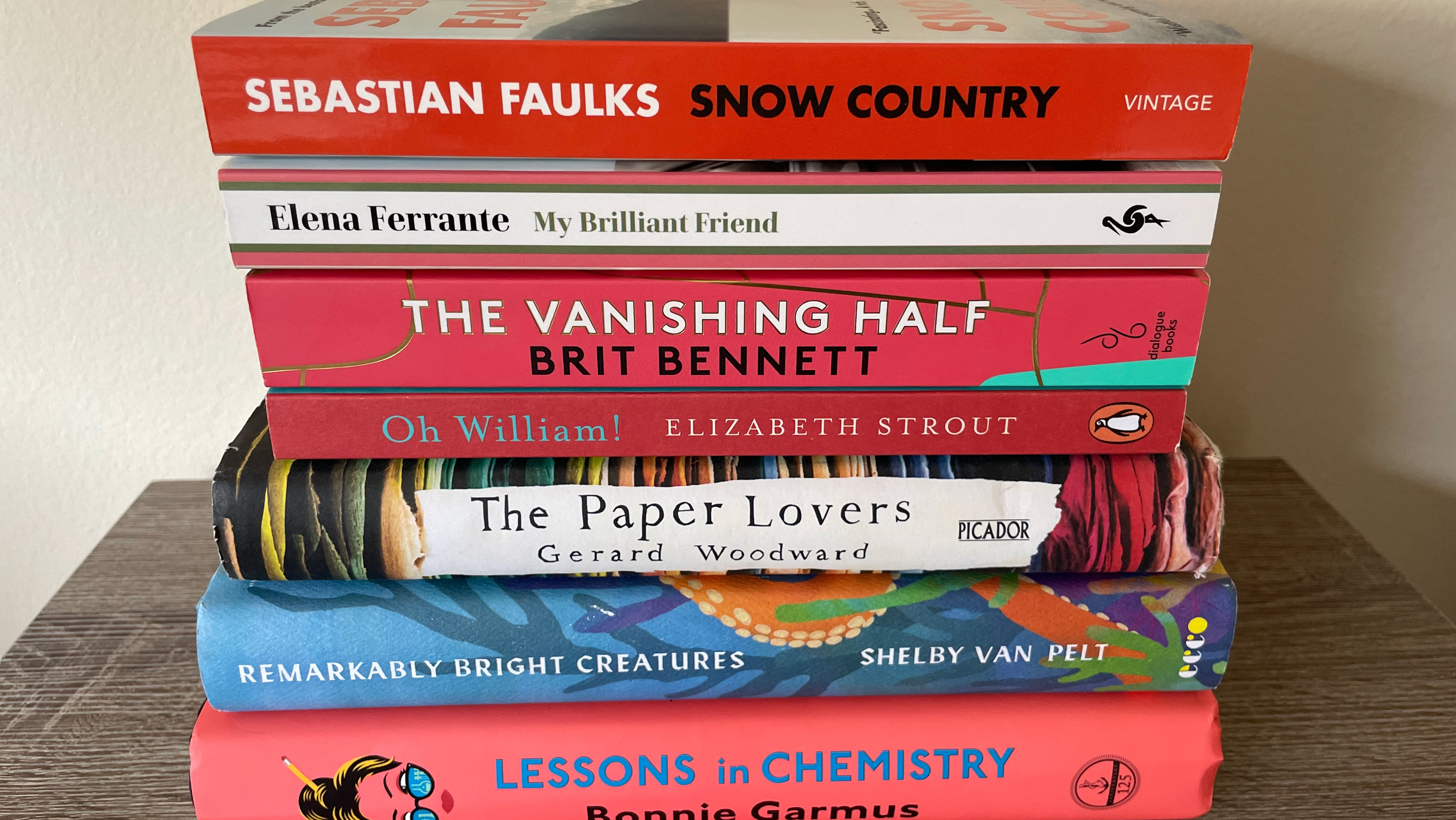The Lying Life of Adults by Elena Ferrante
Hhhm! What a tightly woven novel of emotions and perspectives.
I have Neopolitan heritage and so many references to Napoli and its environs were familiar, such as the mention of the Vomero and its perceived higher status within the city. My Nonna was from the Vomero. I don’t know for sure, but I perceive that one’s wealth, beauty, education and status are considered extremely significant defining factors in the life of a Neopolitan.
As I read, I felt I understood many of the contextual themes such as references to religion, honour, family, pride and beauty and I’m in awe of the way Elena Ferrante succeeded in making me feel ‘compunctious’, a word studied by the character Roberto, who calls it "a needle that had to pull the thread through the scattered fragments of our existence." I also ponder wonder it is an Italian trait; the need to feel morally guilty for something in order to know how to move forwards.
The symbol of the bracelet is a powerful one and seems to hold the characters together but it is also interesting to think that the bracelet was passed between characters, as well as having been stolen from characters, as well as affecting characters' actions. It's an ambiguous symbol, but relevant because of the ways its hypnotic beauty is used to influence relationships.
I enjoyed the sections of the novel where characters travelled from Naples to Milan. I also liked Ferrante’s style of making specific references with labelling the street names and locations where her action of the scenes took place.
I have to admit I felt awkward, reading the ending. I was transported back to my teenage years and memories of reading Jeanette Winterson and Ian McEwan, along with many other novels about childhood experiences and coming-of-age. It made me reconsider who the intended readers are? I didn’t think Elena Ferrante was a YA or even NA author, but I would like to read her ‘My Briliiant Friend’ series to know more and to make a better judgement.
The structure worked well for me, with shorter chapters. I liked the pace and movement between locations. The dialogue and mention of whether characters were speaking in dialect or Italian was also useful and I believe an important decision made by Ferrante in her narrative.
I look forward to reading other works by Elena Ferrante😊.
I have Neopolitan heritage and so many references to Napoli and its environs were familiar, such as the mention of the Vomero and its perceived higher status within the city. My Nonna was from the Vomero. I don’t know for sure, but I perceive that one’s wealth, beauty, education and status are considered extremely significant defining factors in the life of a Neopolitan.
As I read, I felt I understood many of the contextual themes such as references to religion, honour, family, pride and beauty and I’m in awe of the way Elena Ferrante succeeded in making me feel ‘compunctious’, a word studied by the character Roberto, who calls it "a needle that had to pull the thread through the scattered fragments of our existence." I also ponder wonder it is an Italian trait; the need to feel morally guilty for something in order to know how to move forwards.
The symbol of the bracelet is a powerful one and seems to hold the characters together but it is also interesting to think that the bracelet was passed between characters, as well as having been stolen from characters, as well as affecting characters' actions. It's an ambiguous symbol, but relevant because of the ways its hypnotic beauty is used to influence relationships.
I enjoyed the sections of the novel where characters travelled from Naples to Milan. I also liked Ferrante’s style of making specific references with labelling the street names and locations where her action of the scenes took place.
I have to admit I felt awkward, reading the ending. I was transported back to my teenage years and memories of reading Jeanette Winterson and Ian McEwan, along with many other novels about childhood experiences and coming-of-age. It made me reconsider who the intended readers are? I didn’t think Elena Ferrante was a YA or even NA author, but I would like to read her ‘My Briliiant Friend’ series to know more and to make a better judgement.
The structure worked well for me, with shorter chapters. I liked the pace and movement between locations. The dialogue and mention of whether characters were speaking in dialect or Italian was also useful and I believe an important decision made by Ferrante in her narrative.
I look forward to reading other works by Elena Ferrante😊.
review by Christina Francis-Gilbert
This Must Be the Place by Maggie O'Farrell
I love Maggie O’Farrell’s books!
This was a busy collection of narratives and much inward thinking of characters even within those narratives, so there seemed to be almost three or four different stories waiting to escape. I am hoping (maybe predicting?) that O’Farrell will use some of the minor characters in this novel as a springboard from which to write new stories. In particular, I loved the chapters about Daniel’s trip to Salar de Uyuni and London.
Many familiar images of parenthood and relationships as well as of thoughts about the experience of living overseas.
I also love how original and different her characters are, with such attention to detail and presented with description and dialogue that really brings them to life for me.
A great read. Didn’t expect it to be anything else. Still haven’t read Hamnet, so looking forward to that.
This was a busy collection of narratives and much inward thinking of characters even within those narratives, so there seemed to be almost three or four different stories waiting to escape. I am hoping (maybe predicting?) that O’Farrell will use some of the minor characters in this novel as a springboard from which to write new stories. In particular, I loved the chapters about Daniel’s trip to Salar de Uyuni and London.
Many familiar images of parenthood and relationships as well as of thoughts about the experience of living overseas.
I also love how original and different her characters are, with such attention to detail and presented with description and dialogue that really brings them to life for me.
A great read. Didn’t expect it to be anything else. Still haven’t read Hamnet, so looking forward to that.
review by Christina Francis-Gilbert
Stone Mattress: Nine Tales by Margaret Atwood
As mentioned on the cover, these short stories really are: “tales of acute insight, turbulent relationships, and psychological aberration.” I enjoyed the first three connected stories, which I afterwards realised formed a trilogy of characters. This reminded me of the skill in structuring short stories used by Elizabeth Strout, where she managed to write a novel of short stories with ‘Olive Ketteridge’.
I think I got most from reading ‘Torching the Dusties’ and ‘Stone Mattress’, since I have been interested in the stories of elderly characters and one of my protagonists has similar thought processes as Atwood’s, which I’m pleased about!
I’m certain that there were many mythical references which I have missed, but I was intrigued by the writing approach in these stories and valued Atwood’s acknowledgement where she says: “calling a piece of short fiction a “tale” removes it at least slightly from the realm of mundane works and days, as it evokes the world of the folk tale, the wonder tale, and the long-ago teller of tales. We may safely assume that all tales are fiction, whereas a “story” might well be a true story about what we usually agree to call “real life”, as well as a short story that keeps within the boundaries of social realism.”
I think I got most from reading ‘Torching the Dusties’ and ‘Stone Mattress’, since I have been interested in the stories of elderly characters and one of my protagonists has similar thought processes as Atwood’s, which I’m pleased about!
I’m certain that there were many mythical references which I have missed, but I was intrigued by the writing approach in these stories and valued Atwood’s acknowledgement where she says: “calling a piece of short fiction a “tale” removes it at least slightly from the realm of mundane works and days, as it evokes the world of the folk tale, the wonder tale, and the long-ago teller of tales. We may safely assume that all tales are fiction, whereas a “story” might well be a true story about what we usually agree to call “real life”, as well as a short story that keeps within the boundaries of social realism.”
review by Christina Francis-Gilbert
The Thing Around Your Neck by Chimamanda Ngozi Adichie
My engagement with these powerful stories has been for a number of reasons. I have enjoyed reading all of Chimamanda Ngozi Adichie’s novels including Purple Hibiscus, Half of a Yellow Sun and Americanah, in that order over many years. I think this review is apt: “Adichie creates indelible characters who jump off the page and into your head and heart” - USA Today
Firstly, I have a great admiration for her style, which I can see is carefully emulating but also building on Achebe’s purpose and style of writing about Nigeria. Having taught Things Fall Apart for a few years, I think students should be encouraged to read Ngozi Adichie’s stories or novels alongside that core text since her female, perhaps more subtle and accessible way of highlighting certain things about culture is really important.
Secondly, as a new immigrant (actually non-immigrant) in the States, I found it really interesting reading her descriptions of American life. I am not a refugee. I’m white-skinned, Catholic, western-born but have lived many places around the world, probably labeled as an expat and have a good life. I live away from my parents, sisters and families though. I was really able to empathise with characters in stories like The Thing Around Your Neck and The American Embassy amongst others in a sort of humble, embarrassed way.
I loved reading these stories: “twelve dazzling stories”.
Firstly, I have a great admiration for her style, which I can see is carefully emulating but also building on Achebe’s purpose and style of writing about Nigeria. Having taught Things Fall Apart for a few years, I think students should be encouraged to read Ngozi Adichie’s stories or novels alongside that core text since her female, perhaps more subtle and accessible way of highlighting certain things about culture is really important.
Secondly, as a new immigrant (actually non-immigrant) in the States, I found it really interesting reading her descriptions of American life. I am not a refugee. I’m white-skinned, Catholic, western-born but have lived many places around the world, probably labeled as an expat and have a good life. I live away from my parents, sisters and families though. I was really able to empathise with characters in stories like The Thing Around Your Neck and The American Embassy amongst others in a sort of humble, embarrassed way.
I loved reading these stories: “twelve dazzling stories”.
review by Christina Francis-Gilbert
Public Library and other stories by Ali Smith
The collection of personal thoughts about and experiences of libraries was the part I enjoyed most in this text. The recording and sharing of these memories which people have of how supportive and welcoming libraries have been in their childhood development is important.
My aunt was an Art librarian at The university of Leeds and I used to love visiting her at work as well as having had a wonderful work experience post there as a teen.
I lOVE libraries and it saddens me to think they are in such trouble. Having newly moved to the US from The UAE where I could only use limited school libraries, I am embracing our local library and loving it!
I found reading the stories a challenge, since Ali Smith’s style is “all over the place”! I like the literary references she makes throughout and I did learn a lot about various figures such as Dusty Springfield, kate Atkinson, Wilfred Owen, Robert Hedrick. Very thought-provoking! I’m sure I’ve missed so much from these stories and the cleverness behind them.
“Reading this collection is like spending an afternoon in a well-stocked library in the company of an erudite and playful companion.” - The Daily Telegraph
My final note is that I would have liked the opening story Library to have been continued or returned to as a sort of structure to the whole collection.
And did anyone think of flower fairies whilst reading the story Grass?! I didn’t understand the actual references, if anyone can explain!
My aunt was an Art librarian at The university of Leeds and I used to love visiting her at work as well as having had a wonderful work experience post there as a teen.
I lOVE libraries and it saddens me to think they are in such trouble. Having newly moved to the US from The UAE where I could only use limited school libraries, I am embracing our local library and loving it!
I found reading the stories a challenge, since Ali Smith’s style is “all over the place”! I like the literary references she makes throughout and I did learn a lot about various figures such as Dusty Springfield, kate Atkinson, Wilfred Owen, Robert Hedrick. Very thought-provoking! I’m sure I’ve missed so much from these stories and the cleverness behind them.
“Reading this collection is like spending an afternoon in a well-stocked library in the company of an erudite and playful companion.” - The Daily Telegraph
My final note is that I would have liked the opening story Library to have been continued or returned to as a sort of structure to the whole collection.
And did anyone think of flower fairies whilst reading the story Grass?! I didn’t understand the actual references, if anyone can explain!
review by Christina Francis-Gilbert
The Burgess Boys by Elizabeth Strout
Really affected by this book. I had to look up a few American phrases and words, such as WASPs, Muffy, Rube and even things like the pilling of a sweater and more about FGM.
I have been reading Strout’s novels and enjoying her style and social commentary, yet I had a sudden realisation as I read the final chapters about life in Maine that it reminded me of Stephen King’s weird and unsettling locations for his books (read long long ago as a teen). Lo and behold, yes of course that’s where he’s from. I’ve never been there, but there are a lot of interesting observations in Strout’s writing in this novel, which I’m finding so interesting.
Similarly, I felt embarrassed of my own background (British) in places and homesick too for a place where “people pay[ing] lots of taxes…but then people ha[ve] everything they wanted. Hospitals, doctors, perfect fire stations, clean streets…people living closer together, taking care of each other a lot more than here.” This book has really made me realize how huge and vast with such a history (of which I’m still learning lots) this country is. Edgy writing and quite haunting.
I love Strout’s descriptions using trees and environment. I love her dialogue. I love her plot
structure.
I was first drawn to Elizabeth Strout’s writing through hearing about Olive Ketteridge on a podcast. I thought that book and character was excellent and enjoyed the short story structure of the novel. This novel has grabbed my attention and unlike another reviewer here, it will stay with me. I found it a fascinating read. Agree with the first review above of this novel.
I have been reading Strout’s novels and enjoying her style and social commentary, yet I had a sudden realisation as I read the final chapters about life in Maine that it reminded me of Stephen King’s weird and unsettling locations for his books (read long long ago as a teen). Lo and behold, yes of course that’s where he’s from. I’ve never been there, but there are a lot of interesting observations in Strout’s writing in this novel, which I’m finding so interesting.
Similarly, I felt embarrassed of my own background (British) in places and homesick too for a place where “people pay[ing] lots of taxes…but then people ha[ve] everything they wanted. Hospitals, doctors, perfect fire stations, clean streets…people living closer together, taking care of each other a lot more than here.” This book has really made me realize how huge and vast with such a history (of which I’m still learning lots) this country is. Edgy writing and quite haunting.
I love Strout’s descriptions using trees and environment. I love her dialogue. I love her plot
structure.
I was first drawn to Elizabeth Strout’s writing through hearing about Olive Ketteridge on a podcast. I thought that book and character was excellent and enjoyed the short story structure of the novel. This novel has grabbed my attention and unlike another reviewer here, it will stay with me. I found it a fascinating read. Agree with the first review above of this novel.
review by Christina Francis-Gilbert
